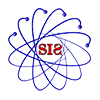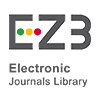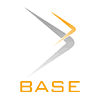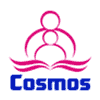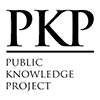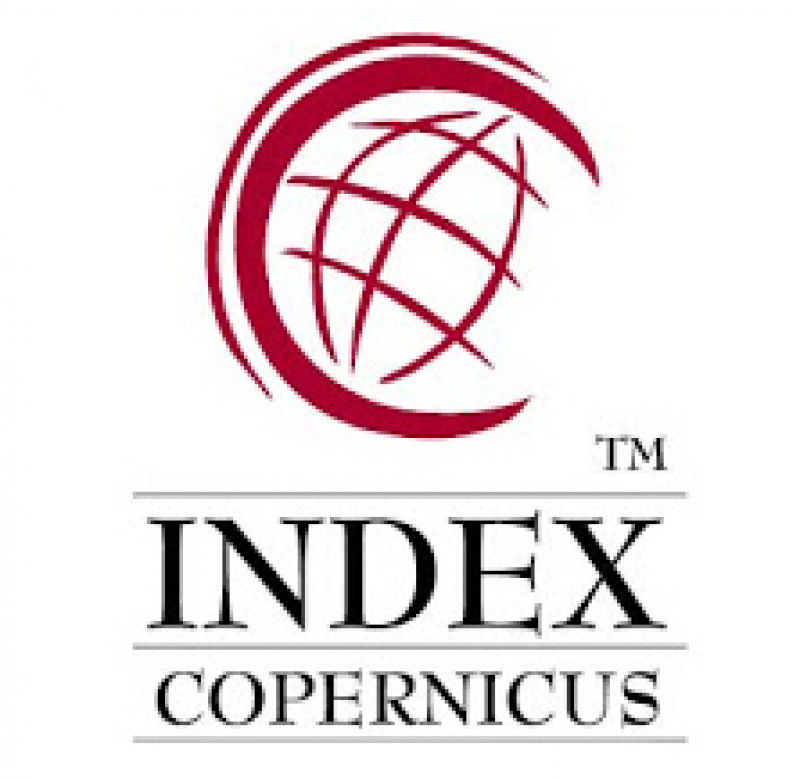Dance at the Crossroads of Time: Between Tradition and Innovation
Abstract
Dance is an integral part of cultural heritage that reflects the identity, values, and traditions of a society. However, developments influenced by globalization, modernization, and technology have brought dance to the intersection of preserving tradition and implementing innovation (Wang, 2021). This article will discuss how dance has dealt with these changes, highlighting the important role of tradition in maintaining the authenticity of dance while exploring the innovations that have emerged in contemporary forms. A qualitative approach is used in this research with triangulation validation to gain a deep and thorough understanding.The results show that tradition in dance functions as a cultural root that maintains local values and community identity. However, in the midst of globalization, dance is also transformed through innovations that involve the use of technology, cross-disciplinary collaboration, and exploration of contemporary themes. While innovation expands dance's reach to a global audience and offers novelty in forms of expression, challenges arise in maintaining cultural essence amid global homogenization.The conclusion of this article confirms that dance is at the crossroads between tradition and innovation. The balance between the two is crucial in ensuring that dance not only remains relevant in the modern era, but also maintains the cultural values that have been passed down from generation to generation. By maintaining traditional roots while being open to innovation, dance can continue to thrive as a rich and meaningful medium of cultural expression, as well as a bridge for intercultural dialog in a globalized world.
Keywords
Full Text:
PDFReferences
Hertz, І. (2023). Modern dance and the latest technologies: facets of interaction. Notes On Art Criticism, 1(23), 58-63.
Kealiinohomoku, J. W. (1997). Dance, myth and ritual in time and space. Dance Research Journal, 29(1), 65-72.
Lepecki, A. (2010). The body as archive: Will to re-enact and the afterlives of dances. Dance Research Journal, 42(2), 28-48.
Maxwell, J. (2008). Designing a qualitative study.
Wang, Y. (2021, November). Dance Guiding Art Innovation Framework Based on Video Action Recognition Technology. In 2021 Fifth International Conference on I-SMAC (IoT in Social, Mobile, Analytics and Cloud) (I-SMAC) (pp. 1175-1178). IEEE
DOI: http://dx.doi.org/10.18415/ijmmu.v12i3.6719
Refbacks
- There are currently no refbacks.
Copyright (c) 2025 International Journal of Multicultural and Multireligious Understanding

This work is licensed under a Creative Commons Attribution-NonCommercial-NoDerivatives 4.0 International License.
https://ijmmu.com
editor@ijmmu.com
facebook.com/ijmmu
Copyright © 2014-2018 IJMMU. All rights reserved.










